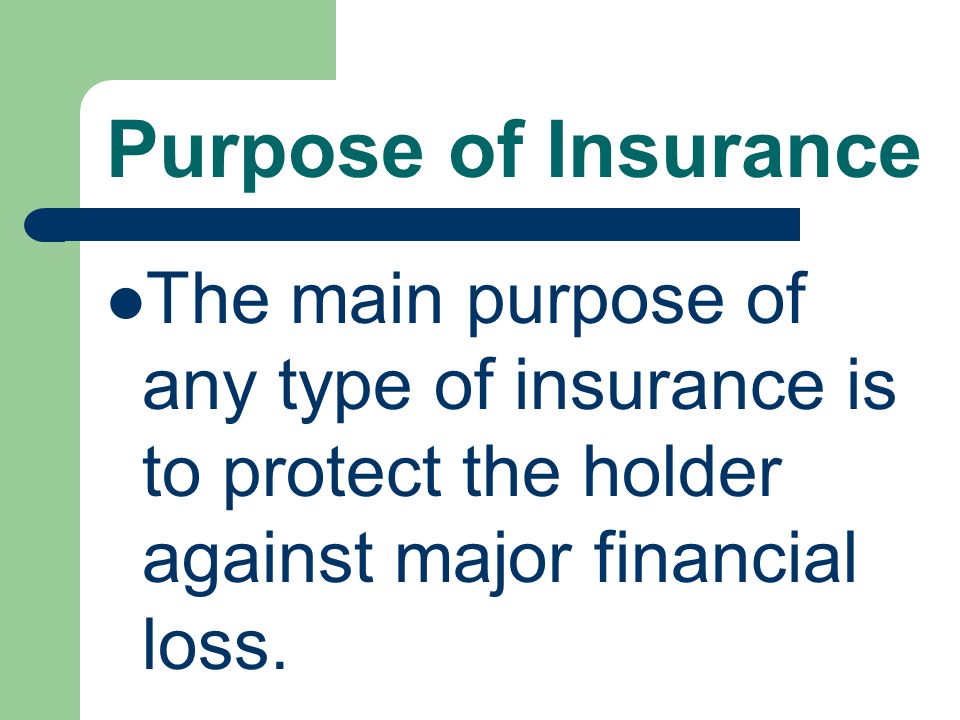Top Guidelines Of Pacific Prime
Top Guidelines Of Pacific Prime
Blog Article
A Biased View of Pacific Prime
Table of ContentsHow Pacific Prime can Save You Time, Stress, and Money.The Best Guide To Pacific PrimePacific Prime - The FactsWhat Does Pacific Prime Do?The Of Pacific Prime

This is due to the fact that the data were gathered for a duration of solid economic performance. Of the approximated 42 million people who were uninsured, just about concerning 420,000 (concerning 1 percent) were under 65 years of age, the age at which most Americans become eligible for Medicare; 32 million were adults in between ages 18 and 65, about 19 percent of all adults in this age; and 10 million were youngsters under 18 years of age, regarding 13.9 percent of all youngsters (Mills, 2000).
These quotes of the variety of persons uninsured are produced from the yearly March Supplement to the Existing Population Survey (CPS), conducted by the Census Bureau. Unless or else kept in mind, nationwide estimates of people without health and wellness insurance coverage and percentages of the population with different sort of insurance coverage are based on the CPS, one of the most widely utilized resource of estimates of insurance coverage and uninsurance prices.
How Pacific Prime can Save You Time, Stress, and Money.

Still, the CPS is especially beneficial because it creates annual quotes relatively quickly, reporting the previous year's insurance coverage approximates each September, and since it is the basis for a regular collection of quotes for greater than 20 years, allowing for evaluation of trends in coverage with time. For these reasons, along with the extensive usage of the CPS in various other research studies of insurance policy coverage that are provided in this record, we rely upon CPS price quotes, with limitations noted.

The estimate of the number of without insurance people increases when a populace's insurance policy status is tracked for several years. Over a three-year period starting early in 1993, 72 million individuals, 29 percent of the united state population, were without coverage for at the very least one month. Within a single year (1994 ), 53 million people experienced at least a month without insurance coverage (Bennefield, 1998a)
Six out of every ten uninsured grownups are themselves used. Although working does enhance the likelihood that a person and one's household members will certainly have insurance, it is not an assurance. Also participants of family members with 2 full-time wage earners have almost a one-in-ten possibility of being uninsured (9.1 Click This Link percent without insurance rate) (Hoffman and Pohl, 2000).
Pacific Prime Can Be Fun For Everyone
New immigrants make up a significant percentage of people without health insurance policy. One evaluation has attributed a significant section of the current growth in the dimension of the U.S. uninsured populace to immigrants that arrived in the country in between 1994 and 1998 (Camarota and Edwards, 2000). Current immigrants (those that pertained to the USA within the past four years) do have a high price of being without insurance (46 percent), but they and their kids make up just 6 percent of those without insurance policy across the country (Holahan et al., 2001).
The partnership in between medical insurance and access to care is well established, as recorded later on in this chapter. Although the relationship in between medical insurance and health and wellness end results is neither direct nor basic, a substantial scientific and wellness solutions research study literature web links medical insurance coverage to enhanced accessibility to care, much better high quality, and improved personal and population health condition.
Levels of evaluation for taking a look at the results of uninsurance. This conversation of health and wellness insurance policy protection focuses mainly on the U.S. population under age 65 because essentially all Americans 65 and older have Medicare or various other public insurance coverage. Additionally, it focuses especially on those without any kind of medical insurance for any kind of size of time.
Excitement About Pacific Prime
The issues faced by the underinsured are in some areas similar to those faced by the without insurance, although they are normally less severe. Wellness insurance coverage, nonetheless, is neither required neither enough to gain accessibility to medical services. The independent and straight effect of health insurance policy coverage on access to health and wellness solutions is well developed.
Others will acquire the health and wellness treatment they require also without wellness insurance coverage, by spending for it expense or seeking it from carriers that supply treatment cost-free or at highly subsidized prices. For still others, health and wellness insurance policy alone does not make sure receipt of care as a result of other nonfinancial barriers, such as a lack of health and wellness care companies in their neighborhood, restricted accessibility to transport, illiteracy, or etymological and social differences.
About Pacific Prime
Official study about uninsured populaces in the United States dates to the late 1920s and very early 1930s when the Board on the Expense of Medical Care created a collection of records regarding financing medical professional workplace visits and hospitalizations. This concern came to be prominent as the numbers of clinically indigent climbed up throughout the Great Anxiety.
Report this page